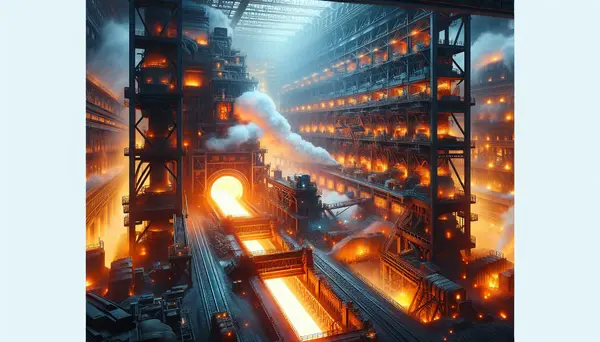Lead
Lead
Einführung in "Lead" im Bereich Stahlproduktion und Stahlhandel
In der Welt der Stahlproduktion und des Stahlhandels ist der Begriff "Lead" von großer Bedeutung. "Lead" ist ein Begriff aus der Metallurgie und bezeichnet das elementare Metall Blei. Dieses weiche, mattschwarze Metall spielt eine wesentliche Rolle in verschiedenen Aspekten der Stahlproduktion und des Stahlhandels.
Lead und seine Bedeutung in der Stahlproduktion
Blei wird in der Stahlindustrie aufgrund seiner einzigartigen Eigenschaften verwendet. Besonders in der Stahlproduktion hat Lead eine wichtige Funktion. Hier wird es aufgrund seiner Weichheit und Schmelzbarkeit bei geringen Temperaturen zum Beispiel zum Beschichten von Stahlplatten oder zur Herstellung von Stahlkomponenten genutzt.
Lead im Stahlhandel
Im Stahlhandel spielt Lead auch eine besondere Rolle. Es wird von Stahlfabriken und -händlern weltweit gekauft und verkauft. Aufgrund seiner vielseitigen Anwendungen ist die Nachfrage nach Blei in der Stahlindustrie immer hoch, wodurch seine Bedeutung im Stahlhandel weiter steigt.
Lead und Umweltaspekte
Blei ist jedoch auch aufgrund seiner Umweltauswirkungen bekannt. Es ist giftig und kann bei unsachgemäßer Handhabung oder Entsorgung ernsthafte Gesundheits- und Umweltschäden verursachen. Deshalb sind in der Stahlindustrie strenge Richtlinien und Vorschriften für den Umgang mit Lead zu beachten.
Fazit
Zusammenfassend ist Lead, oder Blei, eine wichtige Komponente in der Stahlproduktion und im Stahlhandel. Seine einzigartigen Eigenschaften machen es zu einem unverzichtbaren Material in diesem Bereich, jedoch müssen strengste Sicherheitsvorkehrungen eingehalten werden, aufgrund seiner giftigen Natur.
Blog Posts with the term: Lead
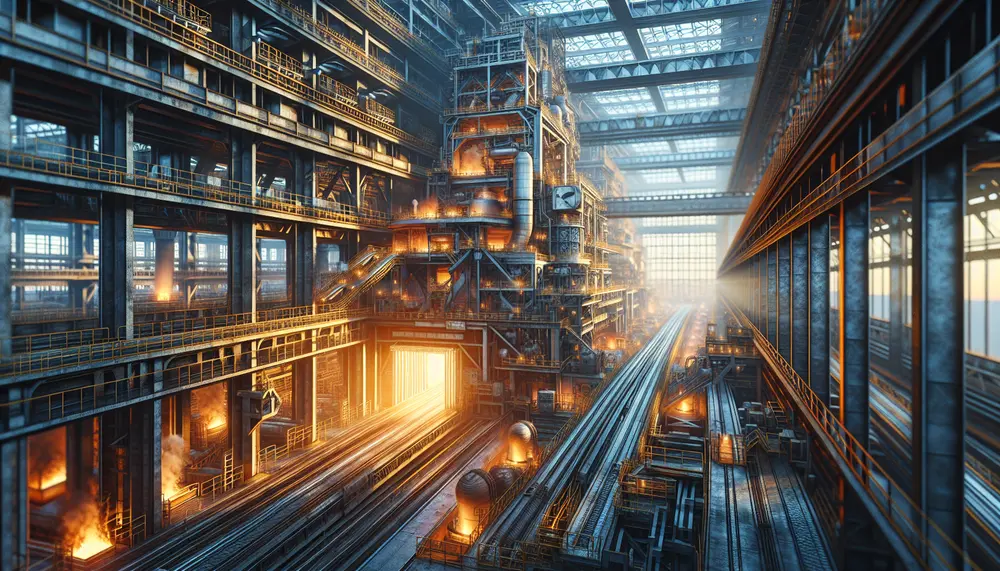
Steel making is a sophisticated process that turns iron ore into steel, involving methods like the Blast Furnace and Electric Arc Furnace to produce various grades of steel. The industry emphasizes sustainability by using additives and recycled materials while ensuring...
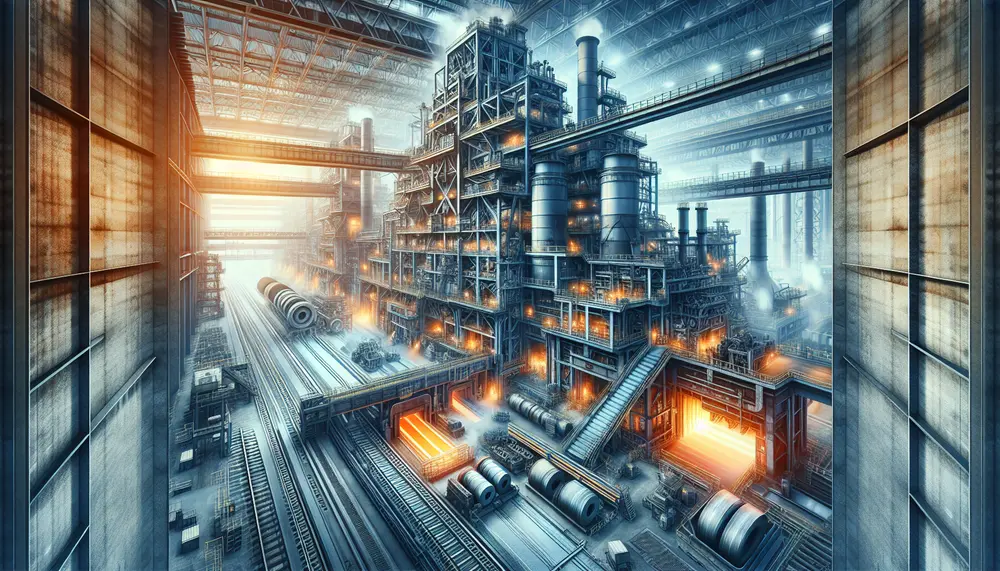
The article provides an overview of the steel making process, detailing how raw materials like iron ore, coke, and limestone are transformed into versatile and durable steel through a complex series of steps depicted in a flow diagram. It discusses...
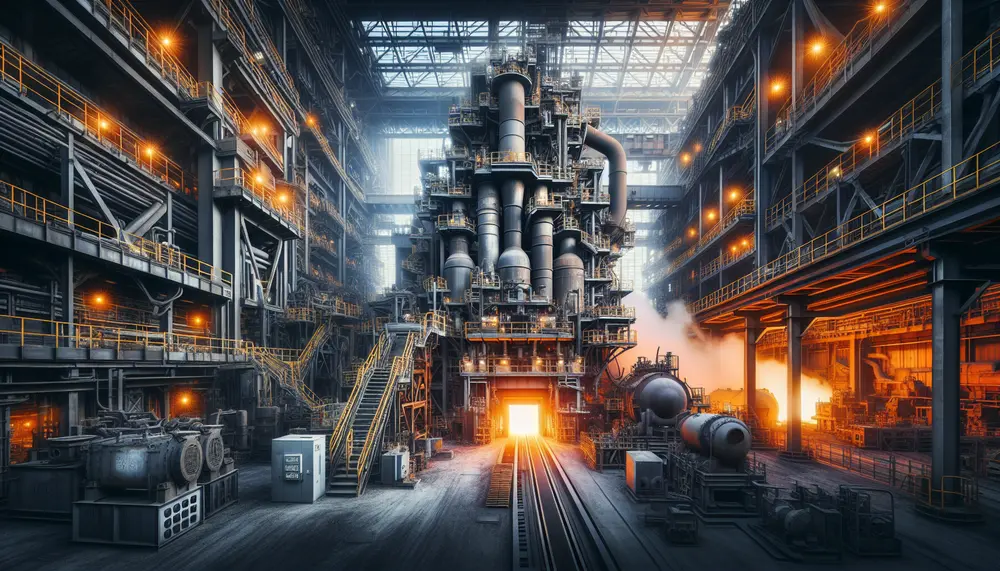
The article provides an overview of the two main steelmaking routes: blast furnace (BF) and electric arc furnace (EAF), detailing their processes, economic considerations, environmental impacts, and technological advancements. It compares BF's large-scale production with high carbon emissions to EAF's...
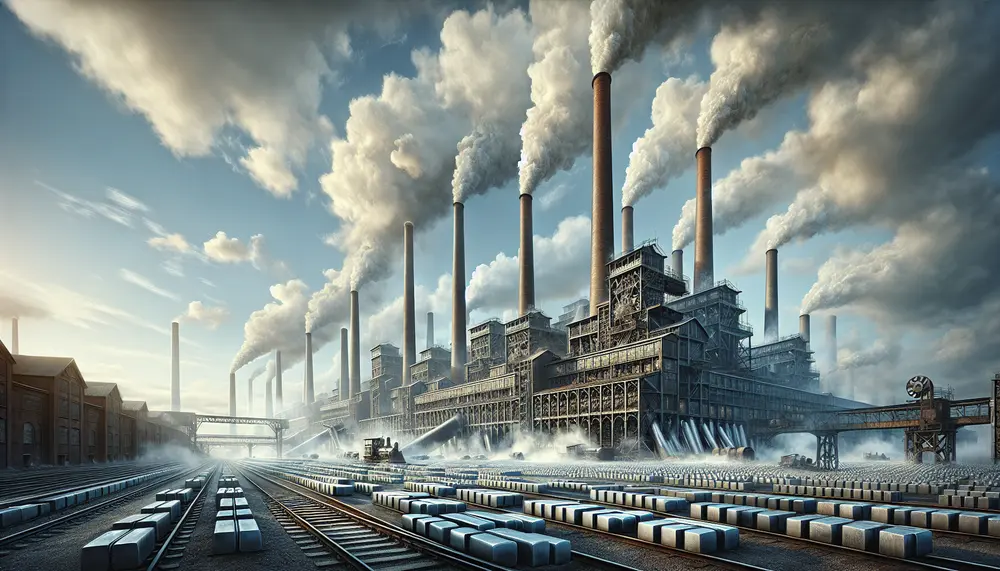
Steel production is vital in Anno 1800, requiring a strategic layout of mines and factories to efficiently transform iron ore into steel beams and weapons. Optimizing the placement and synchronization of these facilities ensures a smooth industrial operation essential for...
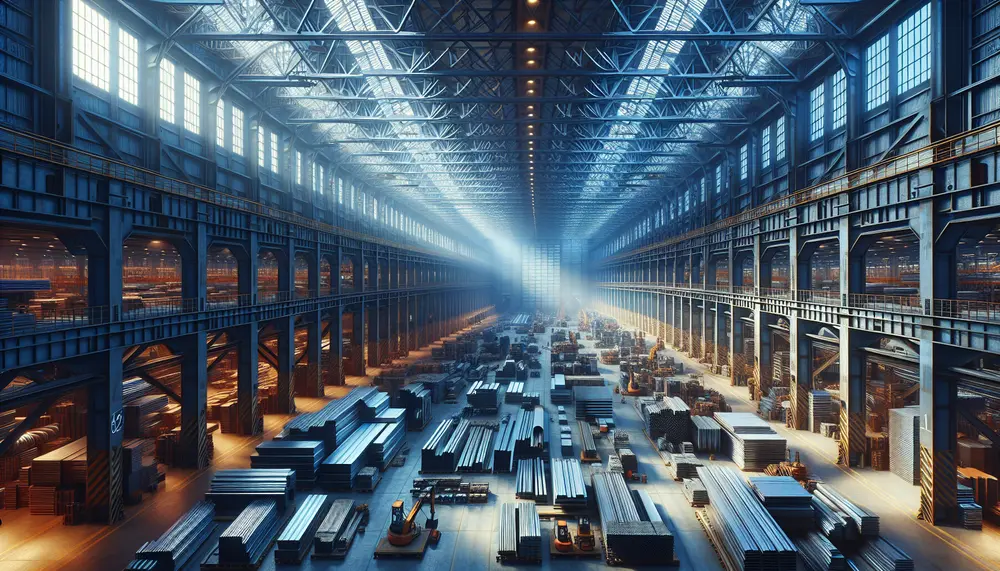
Nigeria's steel production industry is crucial for its industrial development, with potential to become a major producer due to iron ore deposits. However, the sector faces challenges such as small-scale operations and requires strategic solutions for sustainable growth. The evolution...
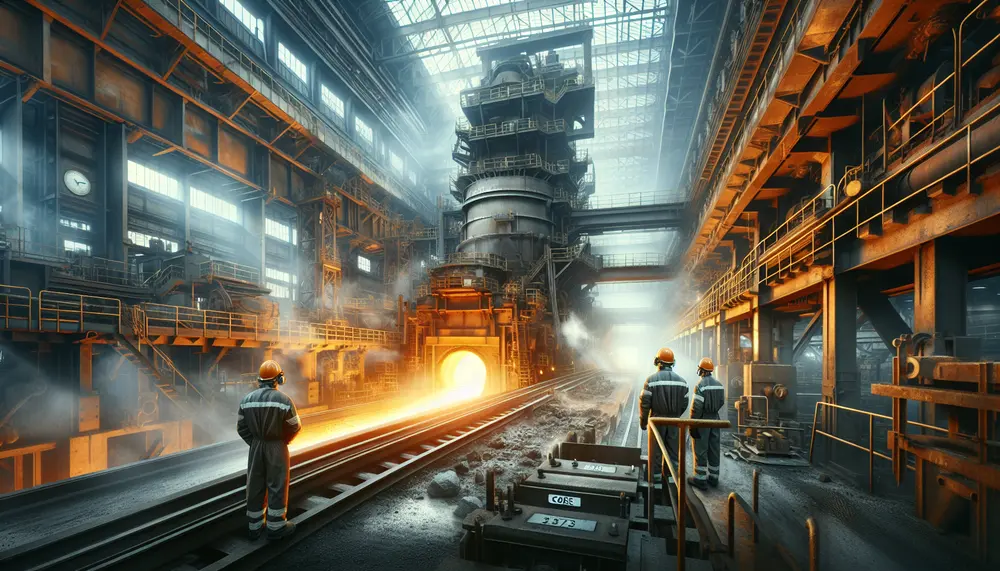
Coke is crucial in steel production, providing heat and chemical reactions for smelting iron ore while also structuring the blast furnace. However, its use emits pollutants and CO2, contributing to environmental concerns....
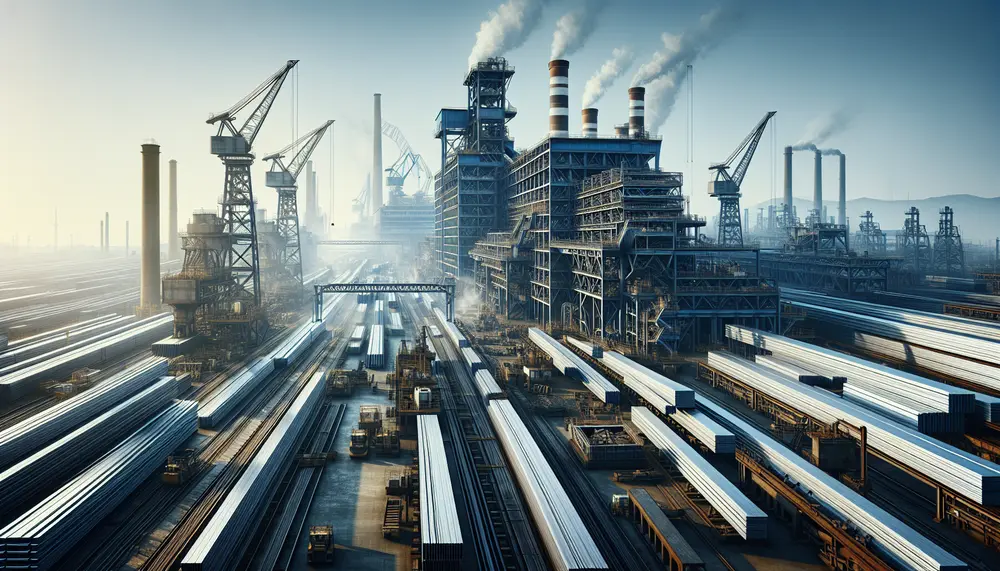
The African steel industry is growing and diverse, with varying levels of resource availability and technological sophistication across countries. It plays a crucial economic role by stimulating growth in other sectors, creating jobs, contributing to GDP, reducing import dependency, and...
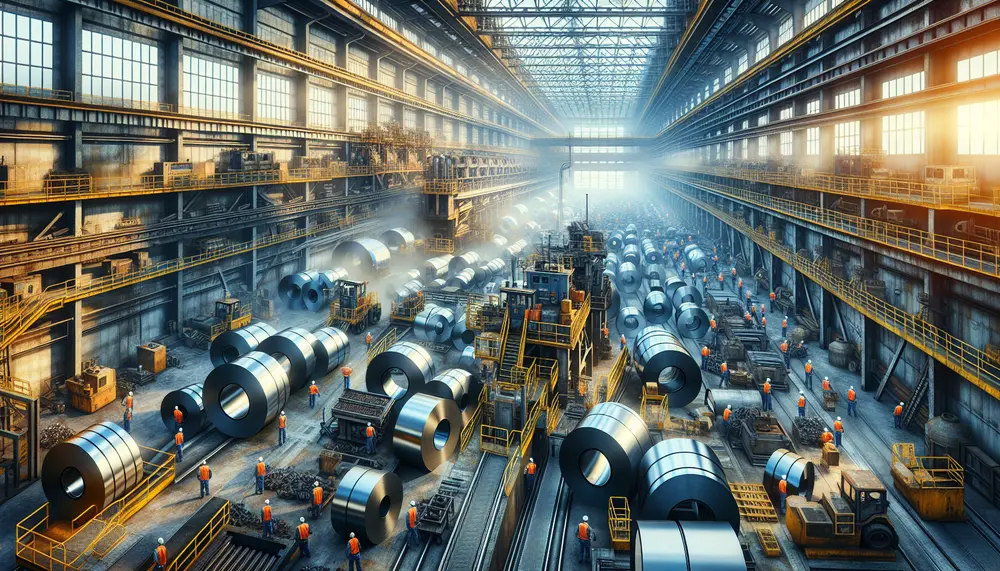
The steel industry is essential but poses significant risks to workers, including physical dangers from heavy machinery and extreme heat, chemical hazards from toxic substances, burn threats due to high temperatures in furnaces, and noise pollution leading to potential hearing...
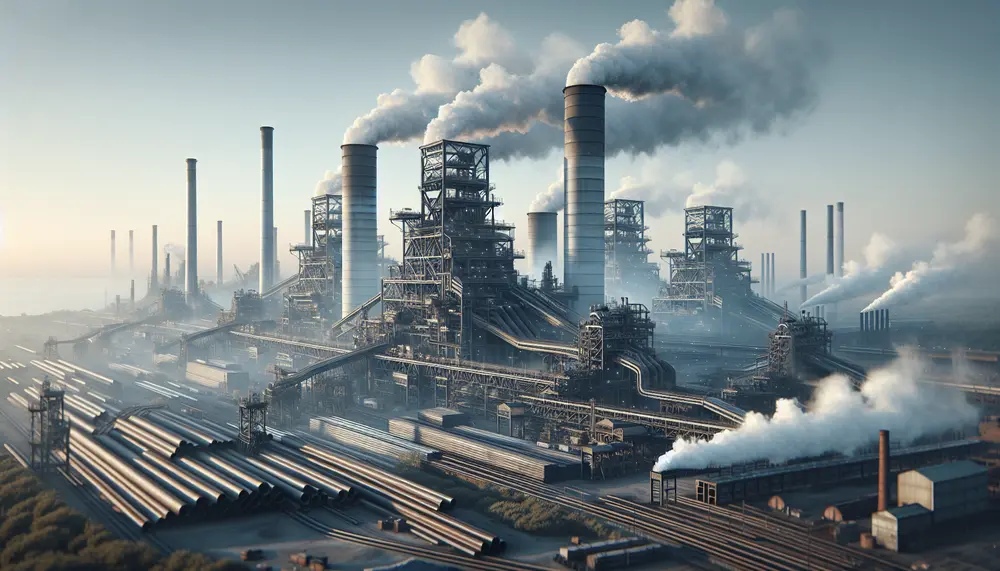
Steel production in France has grown due to technological advancements, increased demand, and strategic investments despite challenges like environmental regulations and market volatility. The industry's history shows a pattern of expansion post-WWII, peak production in the 1970s, followed by decline...
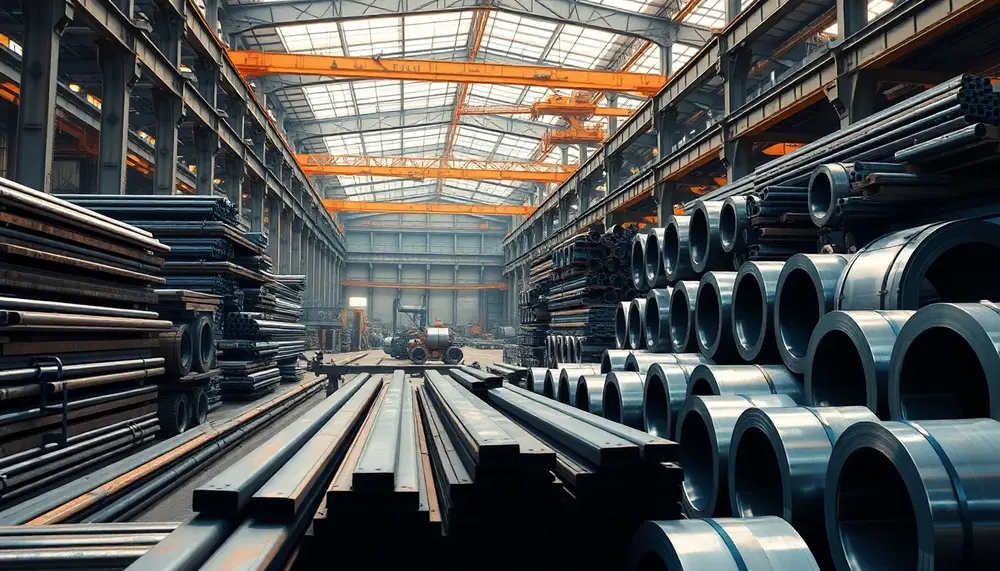
The article analyzes global steel production trends in 2023, highlighting regional differences and challenges such as supply chain disruptions. It examines the contrasting growth patterns across continents like Africa's rise due to infrastructure investments and Asia's decline influenced by China's...
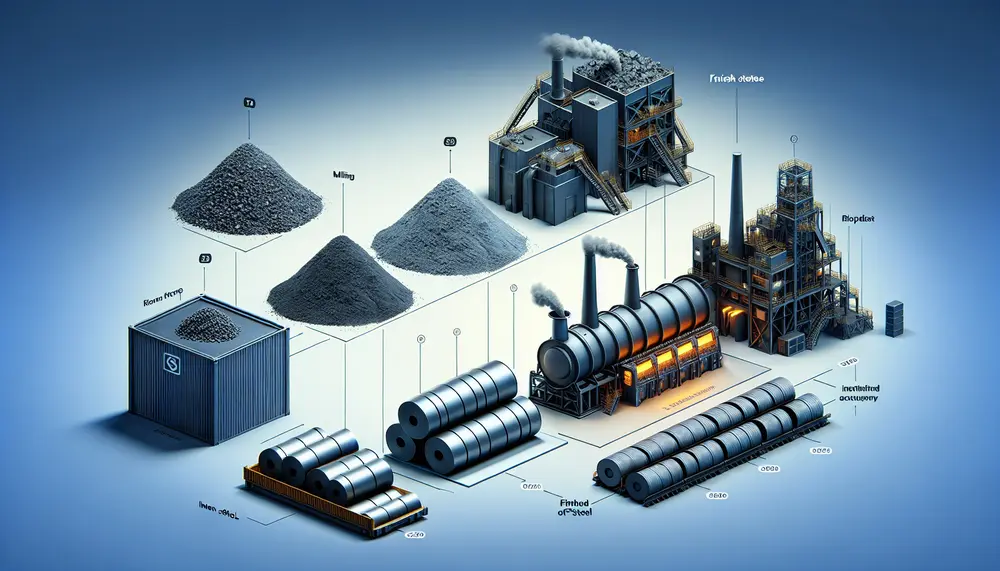
The steelmaking value chain is a complex process that transforms raw materials like iron ore, coking coal, and limestone into high-quality steel through strategic steps involving technological innovation to optimize efficiency and reduce environmental impact. Understanding this value chain helps...
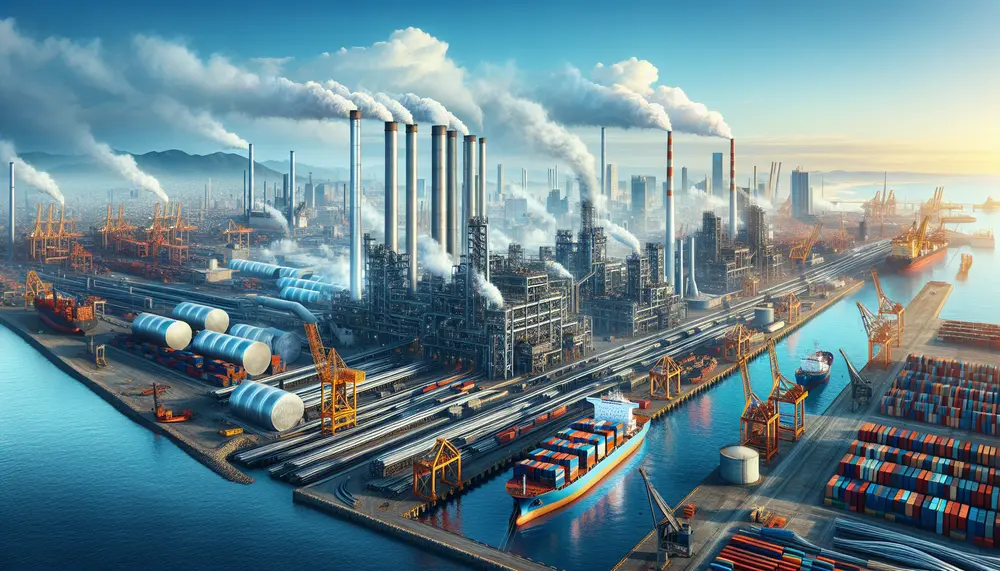
Mexico's steel industry has grown significantly due to rich resources, strategic location, skilled workforce, and modern technology. Challenges include high energy costs, competition from lower-cost countries, price fluctuations, and environmental concerns....
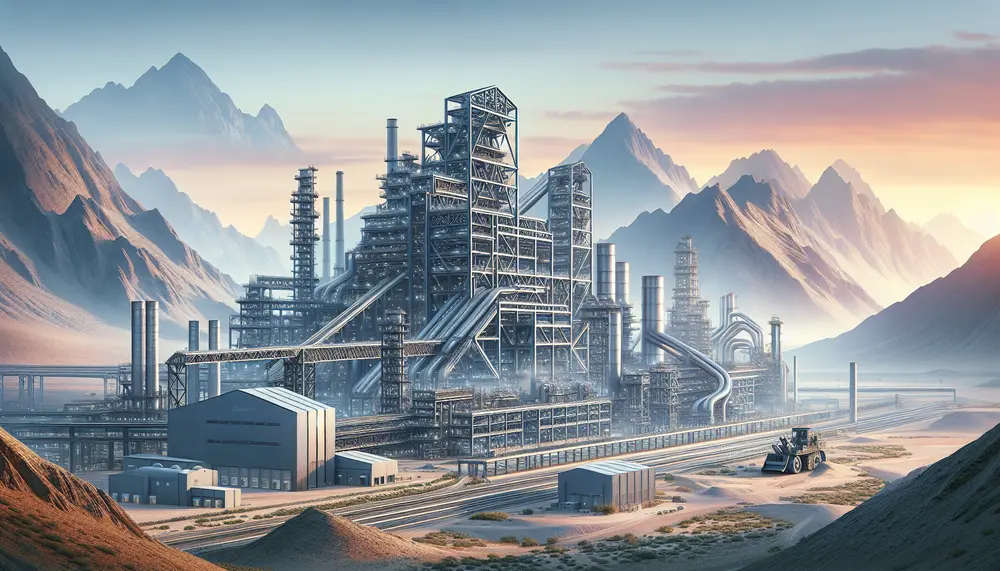
Oman's steel production has seen significant growth, contributing to the nation's GDP and infrastructure development. Strategic expansions have increased capacity to over 2.4 million tons, with key players like Muscat Steel Industries Co. LLC driving this dynamic sector forward through...
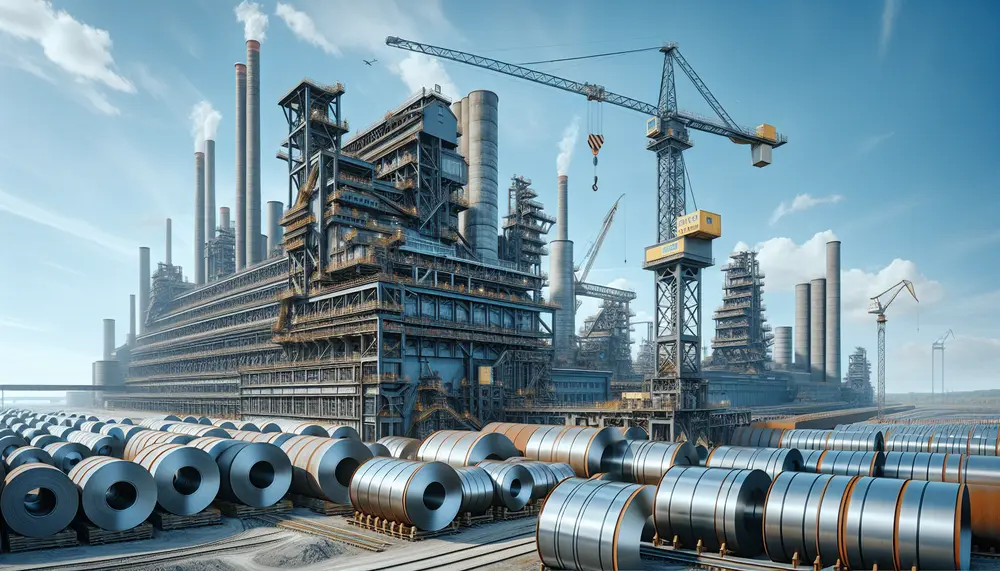
The steel industry in the Netherlands is integral to its economy, known for innovation and sustainability, with a focus on high-grade production used across various sectors. The Dutch sector's evolution has been shaped by historical shifts and strategic investments like...

